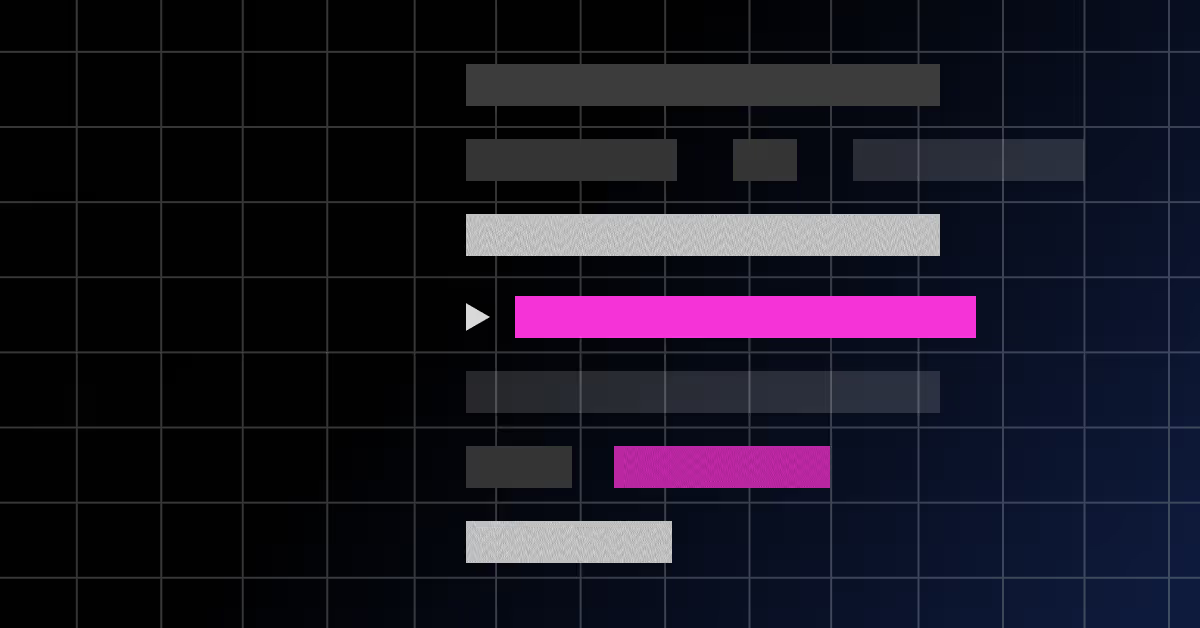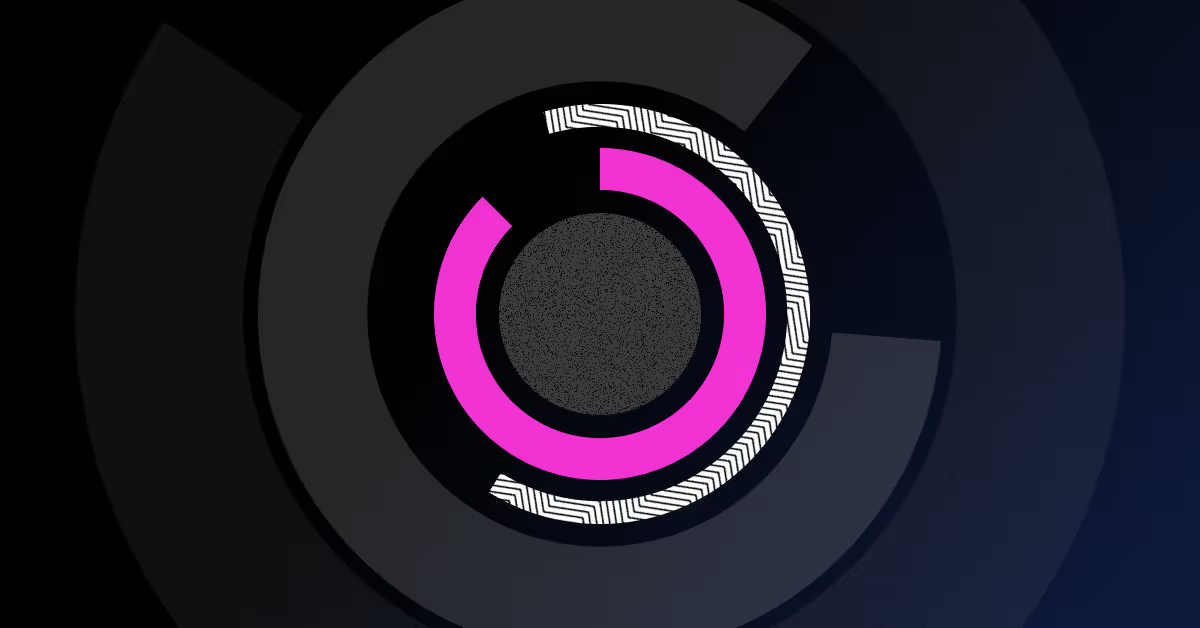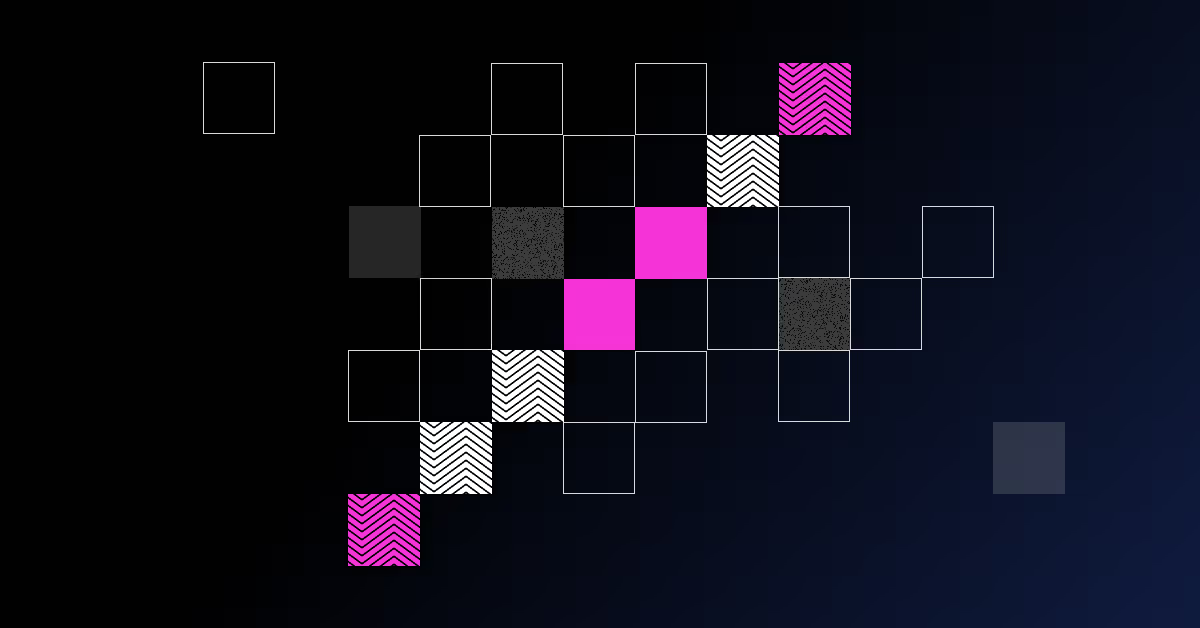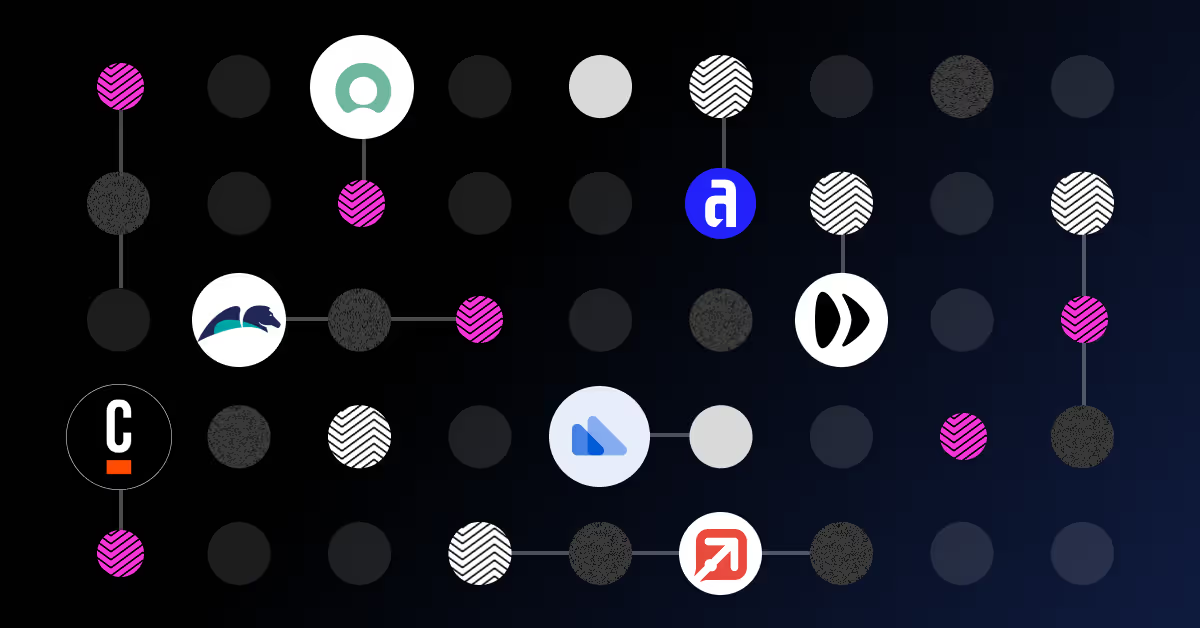What is BOAT? Business Orchestration & Automation Technology (2025)

Business Orchestration and Automation Technologies, or BOAT, is an exciting new category. BOAT automates and coordinates significant parts of business operation processes using tools like Process Orchestration and AI. The big differentiator between BOAT and standalone technologies is that rather than disconnected softwares applied to individual use cases, BOAT unifies all systems, data, and workflows.
BOAT is set to be the go-to solution for service businesses serious about digital transformation, providing not just efficiency and cohesion, but the transparency and clarity needed to make business-savvy decisions and maintain a competitive edge.
Why is BOAT important?
Many organisations still don't know which technologies to adopt and where to apply them. While money is being poured into automation, many are finding that technologies like RPA aren’t quite living up to the hype.
This is often down to a lack of visibility and know-how, resulting in automation being applied in silos, without considering how the whole ecosystem works together. This is where BOAT makes a big difference, bringing all workflows, systems, and tasks together in a single place. It offers a greater understanding of your operations and more power to make improvements.
It also helps bring digital transformation strategy in line with business goals, clarifying where automation is most usefully applied to help meet those objectives, whether it's focusing on improved customer service or targeting cost savings – reducing the technical debt that comes from choosing knee-jerk solutions over more sustainable options.
Plus, when it’s time to adapt to changing customer expectations or market fluctuations, the flexibility and capacity to scale that BOAT offers is significant, giving those who employ it a fighting chance in a world that’s sprinting through technical evolution.
How does BOAT work?
Business Orchestration and Automation Technologies (BOAT) gives you a single platform from which to coordinate your operations, wrapping around your tech stack and joining every scattered component, including software, data, and people. You might have Intelligent Document Processing handling invoices, AI sorting through your customer emails, and human workers making judgement calls, but BOAT is orchestrating all of it, making sure everything is running like clockwork.
Thankfully, it doesn’t mean rebuilding your operations from scratch, as BOAT wraps around your existing technologies to connect the dots with minimal interruption to your day-to-day. Tasks are intelligently assigned, workflows are organised smoothly, and issues are flagged as soon as they arrive for a far more cohesive way of working.
Key components of BOAT
Orchestration
With multiple systems, teams, and workers involved in a process, problems can arise in making sure work gets to the right people at the right time. Orchestration pulls all the strings so nothing gets missed and there’s accountability for every task.
Robotic Process Automation (RPA)
The answer to repetitive, rules-based tasks, RPA can handle high-volumes of work. This automation relieves pressure on workers, allowing them to focus on higher level work that requires human expertise and decision making.
Intelligent Document Processing (IDP)
Indispensable for organisations that deal with large amounts of paperwork, IDP can quickly extract data from documents like invoices and contracts in a fraction of the time it takes to do it manually.
AI
Within BOAT, Artificial Intelligence helps businesses make smarter decisions, both on a macro scale (for example, how to be more accurate in your operations) and on a micro level (what’s the next best action for a customer interaction).
Low-code application development
One of the most groundbreaking elements of BOAT is its low-code development platforms, allowing for the building and changing of applications and workflows quickly, without the need for specialist developer knowledge. It’s highly accessible and means teams can respond quickly when needed, without heavy reliance on IT support.
BOAT capabilities
Once in place, BOAT opens up a range of capabilities that can help businesses work smarter and faster.
- Cross functional orchestration – Do you have workflows that involve different systems and teams? BOAT brings the fragmented pieces together, creating a smoother operation and supporting more effective collaboration.
- Intelligent automation – Tasks that once took a lot of time and resources can be handled quickly by automation technologies, with minimal human intervention and significant budget savings.
- Responsive workflows – tasks are automatically routed to the right human or bot worker. Responsibilities are clearer and things are less likely to fall through the cracks.
- Human-in-the loop support – Automation, while useful, has its limitations. BOAT keeps the right people in the loop and alerts them when their judgement is needed.
- Scalability – BOAT is highly adaptable and is built to scale whenever needed, whether that’s adding a new department or multiplying workflows, BOAT grows with you.
Real-world applications & use cases
BOAT can work for almost any industry, but there are a few sectors where it's having a significant impact. Financial Services teams, for example, are using BOAT to improve the way processes like KYC checks and loan approvals are handled, automating the data entry and paperwork so human workers can make quicker decisions.
Meanwhile, in Healthcare, better patient onboarding and appointment scheduling are being achieved through automation and coordination of data and systems – allowing healthcare workers to provide the best possible service to patients.
Another area reaping the benefits of BOAT is Customer Service, where technologies like sentiment analysis provide business with a clear picture of the satisfaction level of their customers, while AI-enabled solutions like email triage sort and prioritise emails for more efficient communication.
Benefits of Business Orchestration and Automation Technologies
The biggest benefits that come from adopting BOAT into your operations include…
- Working faster, not harder – Eliminating large amounts of manual work naturally results in big efficiency wins, so everything runs quickly and smoothly from start to finish.
- Fix your processes – whether you want to tweak a process or launch a whole new idea, BOAT gives you the flexibility to make changes without fuss.
- See what’s really happening – monitor workflows and detect problems in real time, so you can fix issues and make quicker, more informed decisions.
- Cut the hidden costs – Ditch unnecessary manual work, outdated systems, and disjointed workflows.
- Happier, satisfied customers – Delight customers, and hold onto the ones you’ve got by meeting SLAs on time, responding to issues quickly and having more time to focus on the bigger picture.
Challenges and considerations in implementing BOAT
Connecting the dots is easier said than done
If you’re working with older, legacy tech, there may be some initial complexity with BOAT integration. For the best outcome and minimum disruption, choose BOAT technology carefully with your current set up in mind.
Change takes more than technology
Leadership buy-in is the first hurdle. Clear communication of the benefits of BOAT, such as cost savings and efficiency gains, will be needed to build support in the face of daunting upfront costs. Once in place, the new tech must be adopted company-wide to be truly effective and change the business culture, which may require significant investment in training and change management.
Security and governance considerations
Introducing new technologies must always be done with security considerations in mind. With sensitive data flowing through multiple systems, ironclad security procedures are a must. Plus, the sprawl of automation makes careful governance essential, so that automations are deployed responsibly and in full compliance with regulations.
The future of Business Orchestration and Automation Technologies
Looking ahead, the future of BOAT is touted to be in smarter and more self-sufficient systems. AI-powered decisioning tools are developing fast and businesses are starting to move towards operations that are much more optimised, adapting and learning in real time with little need for manual work.
However, none of that works without orchestration. While systems become more autonomous, orchestration is essential to keep systems, data, and people working together cohesively. BOAT delivers the combination of orchestration and automation that modern operations demand.




